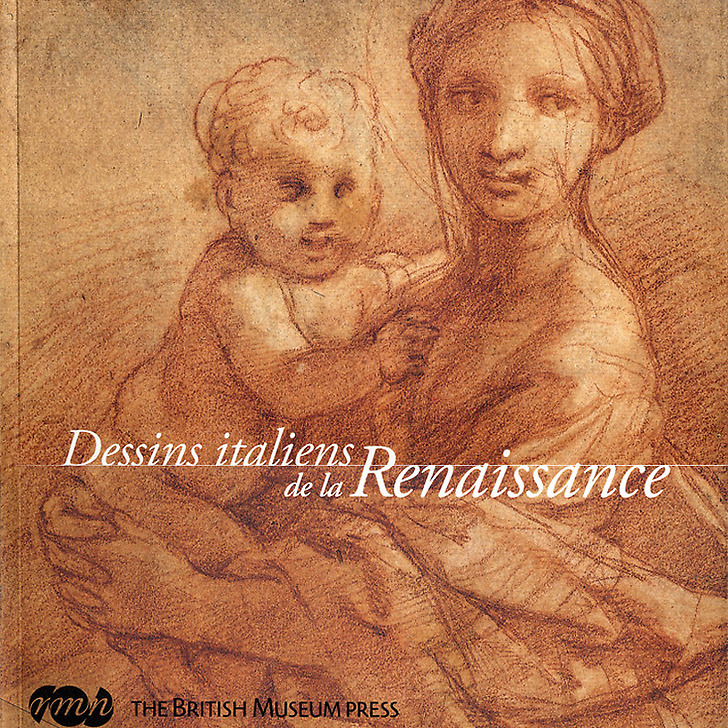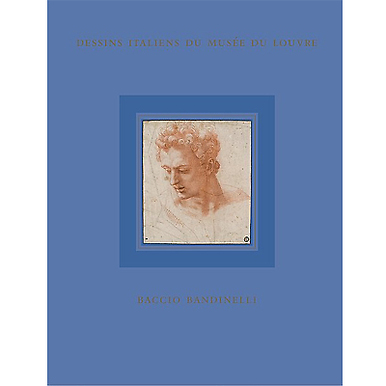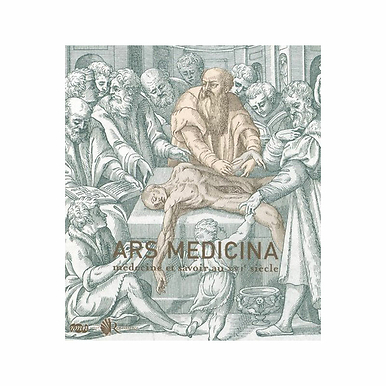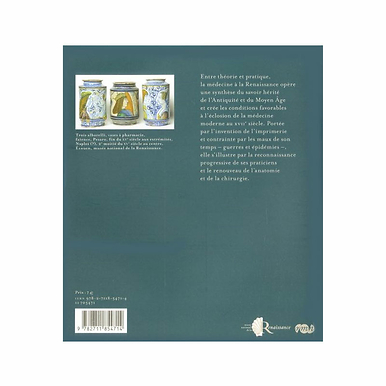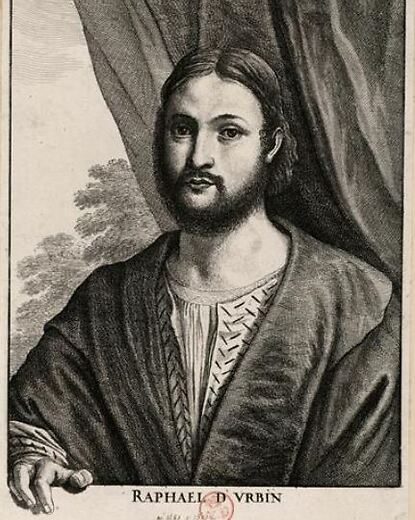Italian Renaissance drawings
GK295317
The general public knows the great masters of the Italian Renaissance mainly for their frescoes, sculptures and paintings. However, it is the drawing that allows us to understand the creative process of an artist and to get closer to his sensitivity.
In the first part, the author explains the role of...
Read more
The general public knows the great masters of the Italian Renaissance mainly for their frescoes, sculptures and paintings. However, it is the drawing that allows us to understand the creative process of an artist and to get closer to his sensitivity.
In the first part, the author explains the role of drawing in the work of Italian Renaissance artists and examines in detail the materials and techniques used. She then presents the masterpieces of more than forty masters, including Michelangelo, Leonardo da Vinci, Sandro Botticelli, Raphael, Verrocchio, Andrea del Sarto and Correggio. Chosen mainly from the prestigious collections of the British Museum and the Louvre, these drawings are accompanied by short texts on the life and work of each artist. Arranged in chronological order, they reveal stylistic and geographical trends, highlight the confluences between the artists of the time and open a window on the extraordinary artistic ferment that was the Italian Renaissance.
192 pages
GrandPalaisRmn / British Museum press
French
Close
Sold by GrandPalaisRmn
